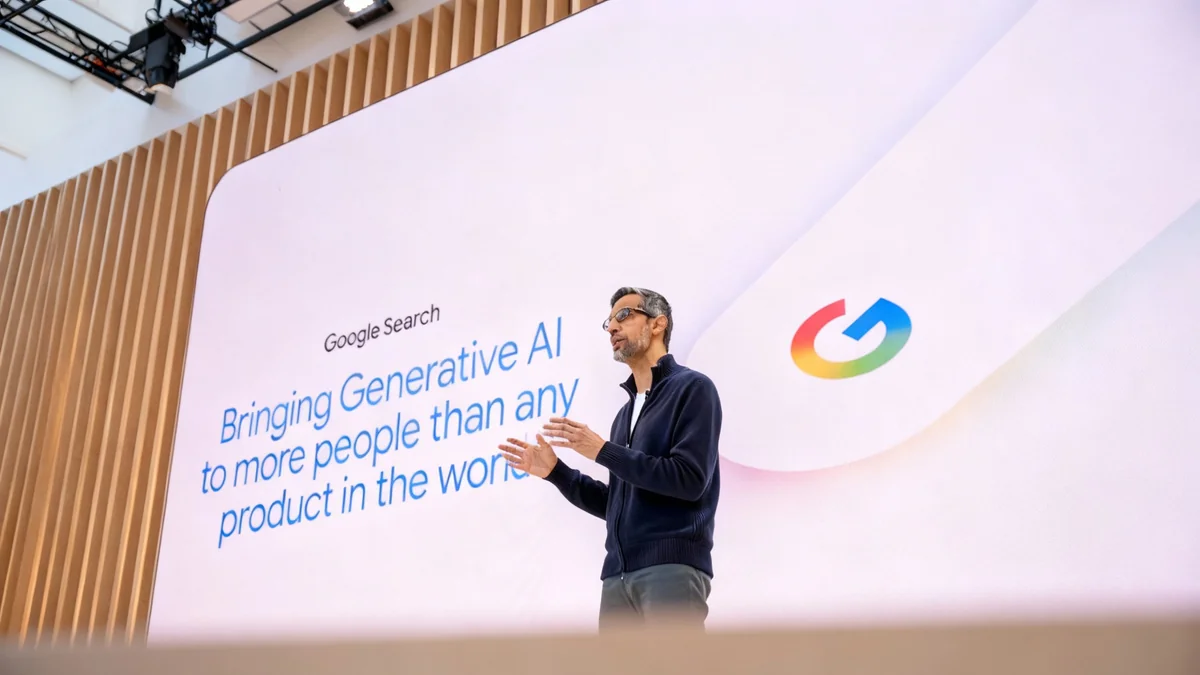Following the public release of iOS 26, a growing number of developers are integrating Apple's Foundation Models framework into their applications. Announced at WWDC 2025, this framework allows developers to utilize on-device artificial intelligence models, enabling new features without incurring cloud-based inference costs and enhancing user privacy by processing data locally.
These initial integrations focus on quality-of-life improvements, such as automated content suggestions, task organization, and text summarization, showcasing the practical benefits of Apple's smaller, efficient AI models.
Key Takeaways
- iOS developers have started updating their apps with features powered by Apple's Foundation Models framework.
- The framework provides access to local AI models that run directly on a user's device, ensuring privacy and eliminating server costs for developers.
- Initial AI-powered features are primarily focused on enhancing existing app functionality rather than introducing major workflow changes.
- Examples of new features include automatic categorization, text summarization, and content generation across productivity, education, and utility apps.
Apple's Approach to On-Device Intelligence
Apple introduced its Foundation Models framework as a core component of its new AI strategy, emphasizing privacy and efficiency. Unlike the large-scale models from competitors like OpenAI, Google, and Meta that run in the cloud, Apple's models are designed to be small enough to operate directly on iPhones, iPads, and Macs.
This on-device processing offers two significant advantages. First, user data remains on the device, addressing growing concerns about data privacy. Second, developers can integrate AI features without paying for cloud computing resources, which can be a substantial cost barrier for smaller companies.
The Foundation Models Framework
Announced at WWDC 2025, the framework gives developers tools to use Apple's pre-trained models for tasks like text generation, summarization, and classification. It also includes advanced capabilities such as guided generation, which allows developers to constrain the model's output to a specific format, and tool calling, which lets the model interact with other app functions.
The trade-off for this efficiency is that the models are less powerful than their cloud-based counterparts. As a result, the first wave of apps using this technology focuses on practical, incremental improvements that streamline user interactions and automate simple tasks.
Productivity and Planning Apps Gain AI Features
Many of the earliest adopters of Apple's local AI are in the productivity space, where small automations can save users significant time. These apps leverage the models to organize information and provide intelligent suggestions.
Financial and Task Management
The finance tracking app MoneyCoach has implemented two AI-driven features. The app now provides insights into spending habits, such as notifying a user if their grocery spending is higher than average for a given week. It also automatically suggests categories and subcategories when a user enters a new expense, speeding up data entry.
Similarly, the Tasks app uses on-device models to automatically suggest relevant tags for new entries. It can also detect recurring patterns to schedule tasks automatically and allows users to create multiple tasks from a single voice command without an internet connection.
Offline Capability
A key benefit of on-device AI is its ability to function without an internet connection. Apps like Tasks can process voice commands and organize entries even when the user is offline, making them more reliable and versatile.
Journaling and Note-Taking
Automattic's journaling app, Day One, now uses local AI to generate highlights from a user's entry and suggest a fitting title. It also includes a feature that creates prompts based on existing text, encouraging users to write more detailed entries.
The note-taking app Capture uses local AI to suggest categories as a user types a note or task, helping to keep information organized from the moment it is created.
AI Enhancements in Creative and Learning Tools
Educational and creative applications are also finding innovative ways to use Apple's on-device models to create more engaging and personalized experiences.
Education and Language
Lil Artist, an app designed to teach children skills through interactive experiences, has added an AI story creator. Users can select a character and a theme, and the app generates a unique story using the local text-generation model.
The word-learning app LookUp introduced two new AI-powered modes. One mode creates sentence examples for new words and quizzes the user on their usage. Another feature generates a visual map illustrating a word's origin, providing deeper context for learners.
For musicians, Guitar Wiz uses the framework to provide real-time explanations of chords and offers advanced players insights on their performance. The AI model also helped the developer expand language support to over 15 languages.
Lifestyle and Media
The recipe app Crouton is using Apple Intelligence to automatically suggest tags for recipes and assign descriptive names to cooking timers. A particularly useful feature breaks down a large block of recipe text into a clear, step-by-step cooking guide.
Dark Noise, a background sound app, now allows users to describe a desired soundscape in their own words. The app's AI then generates a custom mix of sounds, which users can further adjust to their liking.
Specialized Utilities Adopting Local AI
Even highly specialized apps are leveraging on-device AI to provide more valuable and context-aware information to their users. These tools demonstrate the versatility of the Foundation Models framework.
Document and Information Management
SignEasy, a digital signature app, uses local models to analyze contracts and provide users with a concise summary of key points before they sign. This helps users understand important documents more quickly.
The credit card management app Cardpointers has integrated AI to allow users to ask natural language questions about their cards, rewards, and offers, receiving personalized answers based on their own data.
Niche Applications
Lights Out, an app for tracking the F1 racing season, uses on-device AI to summarize live race commentary, allowing fans to catch up on key moments without reading through long transcripts.
The sun and weather tracking app Lumy now displays intelligent, weather-related suggestions. For example, it might recommend the best time for photography based on the day's forecast and lighting conditions.
As more developers become familiar with the Foundation Models framework, this list of applications is expected to grow. The initial examples show a clear trend toward using on-device AI for subtle, helpful enhancements that prioritize user privacy and app performance.





